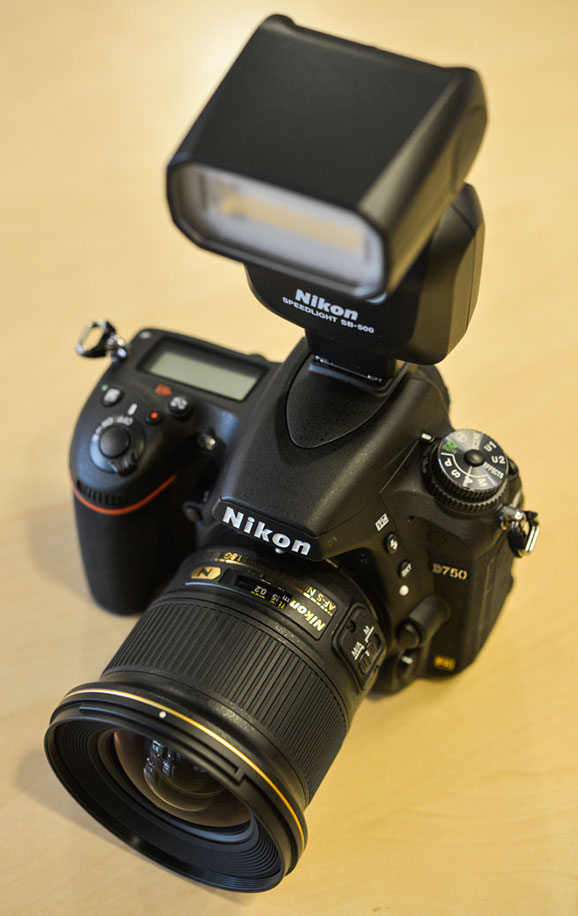
According to Wikipedia, this camera was made until 1982 and new stock was sold until 1984. Within a year or two after the EM was released, the market for an easy to use and light weight SLR for amateurs was already drying up.
#Nikon em 35mm professional
I think the biggest problem was that professional and mid-level photographers already had Nikons that catered to their needs, and casual photographers were becoming increasingly interested in simple point-and-shoot models.
#Nikon em 35mm series
The Nikon EM and Series E lenses didn’t sell well, but I would hesitate to call them complete failures. Nikon’s 2015 website amazingly still says this camera is “for Women”.

Nikon’s marketing at the time was gearing this camera towards women, but female photographers rejected the idea of a diminutive camera made of plastic just for them. They weren’t used to hearing the words “economy”, “light weight”, and “plastic” in the same sentence as “Nikon”. Perhaps it was Nikon’s reputation for such high quality that caused concern for so many photographers. That all changed in 1979 when Nikon released both the EM, and a new line of economy lenses called Series E lenses.
#Nikon em 35mm manual
The Nikon EM user manual prominently shows women handling the camera, which was at least partly the target demographic for the EM. Most people at the time held the FE and FM to a little higher regard than the economy models that other companies were offering. Nikon even released the FM and FE in 1977 which were well-featured midrange compact SLRs, but they weren’t quite entry level. As the 1970s progressed, Canon, Minolta, Konica, and pretty much every other camera manufacturer released their own line of light weight, compact, and inexpensive SLRs. Pentax started it off in the early 60s with their smaller than usual S-series SLRs, and by the early 70s, Olympus had released the OM-1 which was the first fully featured compact SLR that took weight and size into consideration. Throughout the 60s and 70s, SLRs were getting smaller and lighter. They’ll tell you about how it’s made out of cheap plastic, it doesn’t have features like mirror lock-up, depth of field preview button, no manual modes, no real EV compensation, and a bevy of other complaints. If you were to ask old school film photographers, they’ll tell you that the EM was not a popular model and that no one took it seriously when it came out. So I guess it’s fitting that my first review is for the lowly Nikon EM, the most basic, entry level SLR Nikon has ever made.

I feel like Nikon is so well known, there isn’t much I could really contribute to the world that isn’t already so well documented. I’ve written over a dozen camera reviews on my site, and I haven’t yet written a Nikon review despite having at least 6 in my collection (both digital and film). Shutter: Focal Plane Vertical Metal BladeĮxposure Meter: TTL Center Weighted CdS meter with Analog Needle Viewfinder Readoutīattery: 2 x S76 Silver-Oxide or Alkaline Battery Lenses: 50mm f/1.8 Series E + many others Nikon was known for high end pro-level cameras, and when this EM model was released as an entry-level camera, people didn’t know what to think, yet in typical Nikon fashion, it was well built with a couple of features unique to it’s price range. It came out at a time when the amateur market was exploding and various companies were designing cameras catering to them.

This is a Nikon EM 35mm SLR camera, which is the Rodney Dangerfield of Nikon SLRs.


 0 kommentar(er)
0 kommentar(er)
